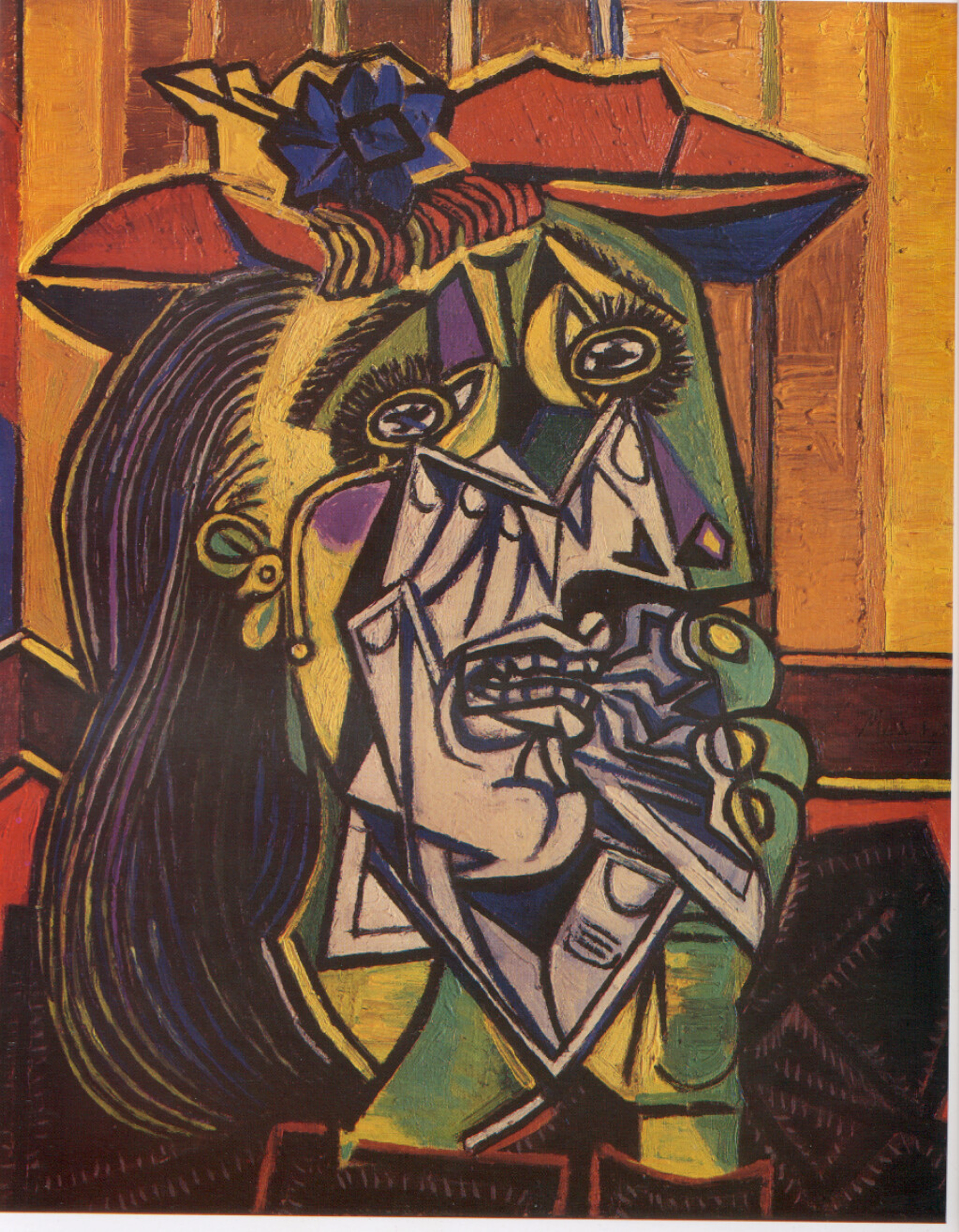
Types of Artwork: A Guide to Understanding Art Forms
Explore the diverse types of artwork, from 2D paintings and drawings to 3D sculptures and installations, and 4D performance and digital art. Understand mediums, styles, and how to appreciate art.
Lost in the Art World? Let's Sort Out the Types of Artwork Together
You know that feeling? You walk into a gallery or maybe browse art online – perhaps even landed here looking for art – and you're faced with... stuff. Beautiful stuff, weird stuff, stuff that makes you think, stuff that makes you hungry (or is that just me?). It's all broadly labelled "art," but it comes in so many shapes, sizes, and, well, types. Paintings glare from walls, sculptures demand space, screens flicker with digital creations, and sometimes there’s just a concept hanging in the air.
I remember walking into a contemporary exhibition once and being completely baffled by a room that seemed to contain nothing but a pile of bricks and a faint humming sound. Was that art? How was it different from the painting in the next room, or the video playing down the hall? It felt a bit overwhelming, like trying to choose a single flavour in an ice cream shop with a hundred options. Where do you even begin? What's the difference between an etching and an engraving, anyway? Does it really matter?
Well, yes and no. Knowing the types of artwork isn't about passing some high-brow art test. Honestly, nobody's grading you. But understanding the different forms, mediums, and approaches can seriously deepen your appreciation. It's like learning the difference between a guitar and a bass – they both make music, but knowing which is which helps you understand the song better. Plus, it gives you the vocabulary to talk about what you like (and maybe what you don't). For me, it helped demystify that room of bricks and humming – it wasn't just random stuff, it was an installation piece, playing with space and sound. Suddenly, I had a starting point.
So, let's try to unravel this tangled, beautiful mess together. Consider this your friendly, slightly chatty guide to the diverse universe of art types. No jargon-heavy lectures, promise. Just a straightforward look at some of the main categories you'll encounter.
Why Bother Categorizing Art Anyway?
Before we dive in, you might wonder, "Why put labels on creativity?" It's a fair question. Art often defies neat boxes. Picasso wasn't exactly thinking about categories when he smashed perspectives in Cubism, right? But there are actually some pretty good reasons why we try to sort things out:
- To Understand: Categories provide a framework for grasping the materials, techniques, and intentions behind a work. They give us a starting point for figuring out how something was made and what the artist might have been thinking.
- To Discuss: Having common terms makes conversations about art possible (and less confusing). Imagine trying to describe a sculpture without using the word "sculpture." It's like trying to talk about food without mentioning "sweet" or "spicy."
- To Navigate History: Art history is often traced through the evolution of different forms and styles. Understanding types helps map this journey through art's past.
- To Appreciate Skill: Recognizing the type of artwork highlights the specific skills involved, whether it's the delicate brushwork of a watercolorist or the complex coding of a digital artist. It helps you see the mastery behind the piece.
- For the Artist: For creators like me, categories aren't just for viewers. They can help us understand our own practice, providing a foundation to build upon. They can also be boundaries to experiment with, push against, or even intentionally subvert to create something new and unexpected. Sometimes, knowing the rules is the first step to brilliantly breaking them.
- To Explore Constraints and Possibilities: Thinking about art types and mediums also helps us understand the inherent limitations and unique strengths of different approaches. What can you only do with wet paint on canvas? What possibilities open up when you work with light or sound instead of physical objects? These constraints aren't necessarily restrictive; they can be powerful prompts for creativity, pushing artists to innovate and viewers to appreciate the ingenuity involved in working within (or against) those boundaries.
Think of it less like rigid rules and more like helpful signposts in a vast and fascinating landscape. They guide you, but they don't dictate your path.
The Big Picture: Common Frameworks for Categorizing Artwork
While art can be sliced in many ways (and we'll get to that!), one of the most common frameworks is based on the physical form or the medium (the materials used). Let's break down art by dimension – a simple way to start thinking about the space the art occupies.
1. Two-Dimensional Art (Flat Stuff)
Let's start with the familiar – art that exists primarily on a flat surface. It has height and width, but very little physical depth (though it can create the illusion of depth). Think of anything you might hang on a wall.
Within 2D art, you'll encounter a vibrant spectrum of techniques and materials:
Painting: Ah, painting. Probably what most people think of first. This involves applying pigment (color) mixed with a binder to a surface or support (that's the fancy word for the base, like canvas, wood panel, paper, or a wall). I've always been drawn to the sheer versatility of paint – how it can be thick and textured or thin and transparent. It's a conversation between color, surface, and the artist's hand.
- Oil Painting: Rich colors, slow drying time allowing for blending. Think the glowing portraits of the Old Masters or the vibrant landscapes of Van Gogh (ultimate guide here!). The smell of turpentine and linseed oil always takes me back to art school days.
- Acrylic Painting: Versatile, fast-drying, water-based. Very popular with contemporary artists (myself included!) for its flexibility. It's my go-to for the vibrant, layered effects I love creating. It dries so fast, sometimes I feel like I'm racing the clock! (Learn more about cleaning acrylics here).
- Watercolor: Transparent pigments, often used on paper. Known for its luminosity and delicate washes. I've always admired the challenge of watercolor's transparency – there's no hiding mistakes! It demands a certain kind of bravery and a willingness to let the water do its thing.
- Gouache: Opaque watercolor. Denser color and coverage than traditional watercolor. It offers a lovely matte finish.
- Fresco: Pigment applied to wet plaster, typically on walls or ceilings. This is an ancient technique, incredibly durable. Imagine painting the Sistine Chapel ceiling like Michelangelo – working quickly before the plaster dries! The scale and permanence are just mind-boggling.
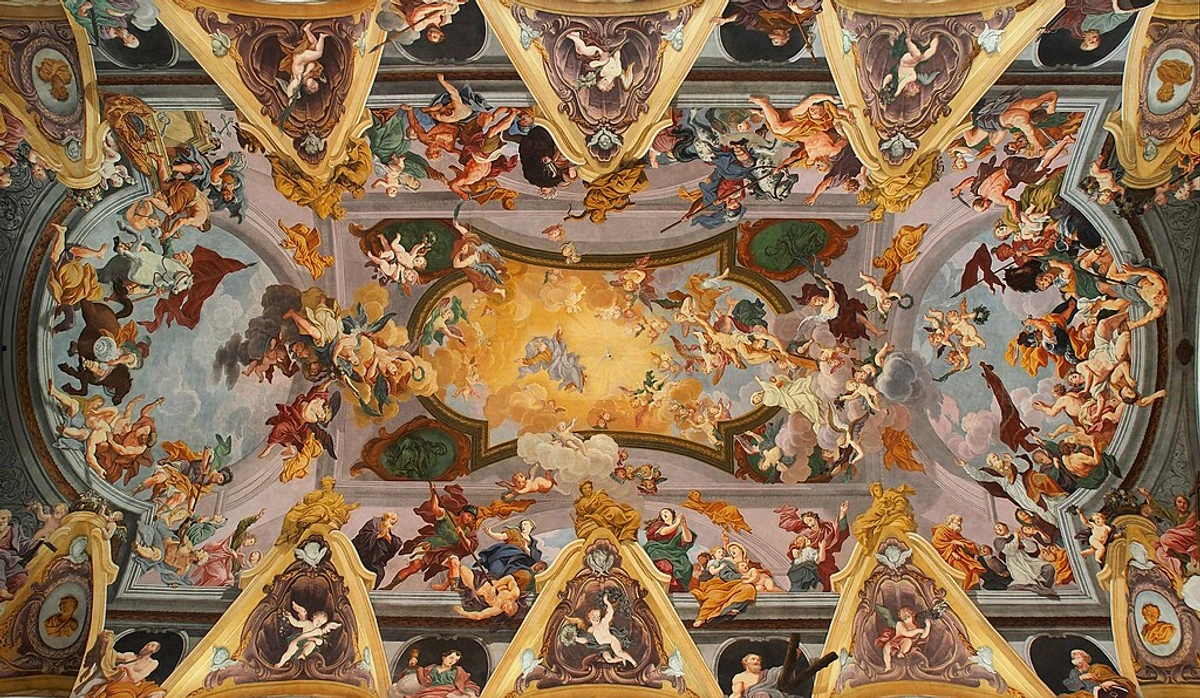
- Mosaic: Creating images or patterns by assembling small pieces of colored glass, stone, or other materials (called tesserae) and setting them in mortar or adhesive. Think of the intricate floors and walls of ancient Roman villas or Byzantine churches. It's like painting with tiny, hard pixels, requiring immense patience and precision.
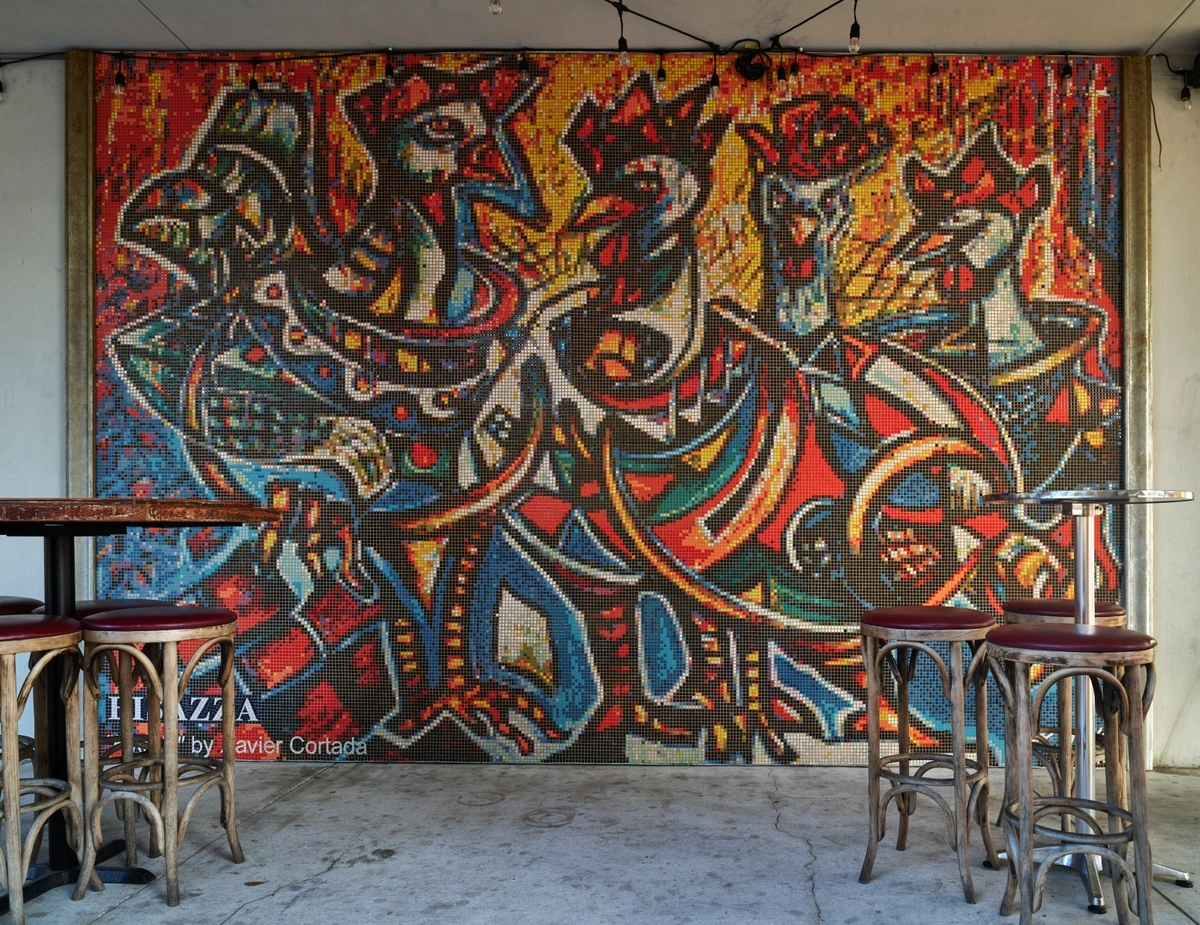
- Stained Glass: Creating images or patterns by cutting pieces of colored glass and joining them together with lead strips, often used in windows. The light shining through is part of the art itself. The windows of Gothic cathedrals like Sainte-Chapelle in Paris are breathtaking examples. It's art that literally transforms the light around you.
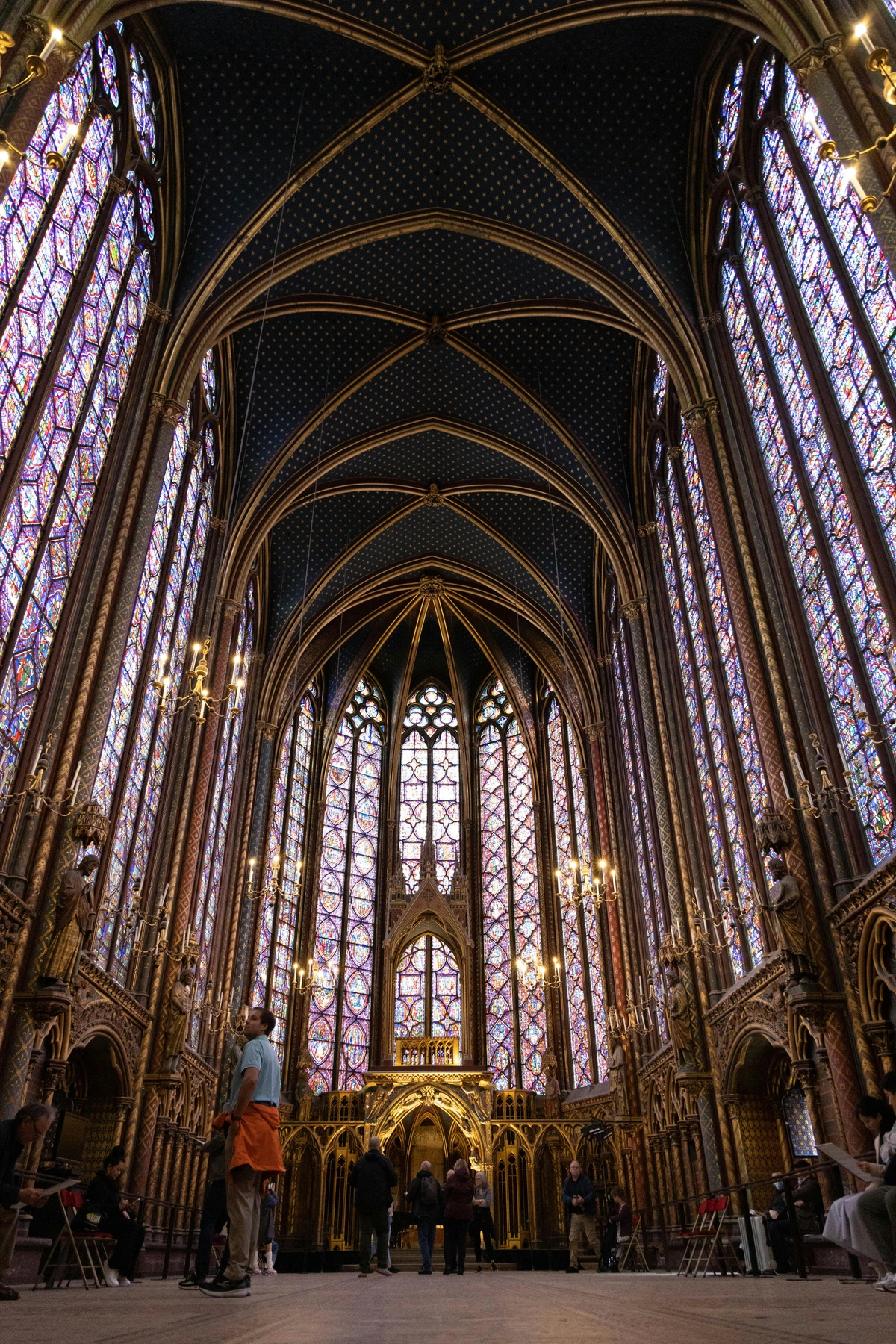
Drawing: Moving on from paint, drawing feels like the most direct connection between the artist's hand and the surface, a raw expression of form and line. It's often the foundation for other art forms, using lines, marks, and shading, typically with dry media (like pencil, charcoal, pastel) or liquid ink.
- Pencil (Graphite): From faint sketches to incredibly detailed realism. The humble pencil, capable of so much! It's where many artistic journeys begin.
- Charcoal: Rich blacks, great for expressive marks and blending. Can be incredibly messy! (Ask me how I know – my studio floor is a testament to charcoal dust). But oh, the depth you can achieve!
- Ink: Pens, brushes, markers. Creates strong, defined lines or dynamic washes. Think of classic comic book art or delicate Japanese brush paintings. There's a finality to ink that demands confidence.
- Pastel (Oil or Chalk): Vibrant color, blends easily, powdery texture. It's like drawing with pure pigment, offering a unique softness and intensity.

Printmaking: This is where things get technical and fascinating! Printmaking involves creating an image on a surface (the matrix) like metal, wood, or stone, and then transferring it, usually multiple times (an edition), onto paper or another material. It's not just hitting "print" on a computer. Think of it like making art using a stamp or a stencil, but with incredible technical variation. It's a process that involves layers, pressure, and often happy accidents. (Though buying art prints online is definitely easier than setting up an etching press!)
- Relief Printing (Woodcut, Linocut): Like a rubber stamp – you cut away the areas you don't want to print, leaving the image raised to hold ink. Think of the bold lines in traditional Japanese woodblock prints or the graphic power of German Expressionist woodcuts.
- Intaglio (Etching, Engraving): The opposite of relief – the lines you want to print are incised into a plate, holding the ink below the surface. Etching uses acid to bite the lines into the metal plate (like Rembrandt's detailed etchings). Imagine the acid slowly eating away at the metal, guided by the artist's hand. Engraving uses a sharp tool (a burin) to cut the lines directly into the plate (think the fine lines on old banknotes or Dürer's intricate prints). It's a subtle but important technical difference – one uses chemistry, the other brute force and precision.
- Planographic (Lithography, Screenprinting): Printing from a flat surface, using chemical processes (like oil and water repelling each other in lithography, famously used by Toulouse-Lautrec for posters) or stencils (in screenprinting, popularized by Andy Warhol for his Pop Art icons) to separate image areas. Screenprinting is popular for posters and graphic art. Lithography feels a bit like magic, relying on the simple fact that grease and water don't mix.
- Monotype: A unique printmaking process where the image is drawn or painted onto a smooth surface (like glass or metal) and then transferred to paper, yielding only one print. It's a print, but it's also an original painting/drawing! A beautiful hybrid, capturing a spontaneous moment.
For a deeper dive, check out our guide on prints vs. paintings or understanding limited edition prints.
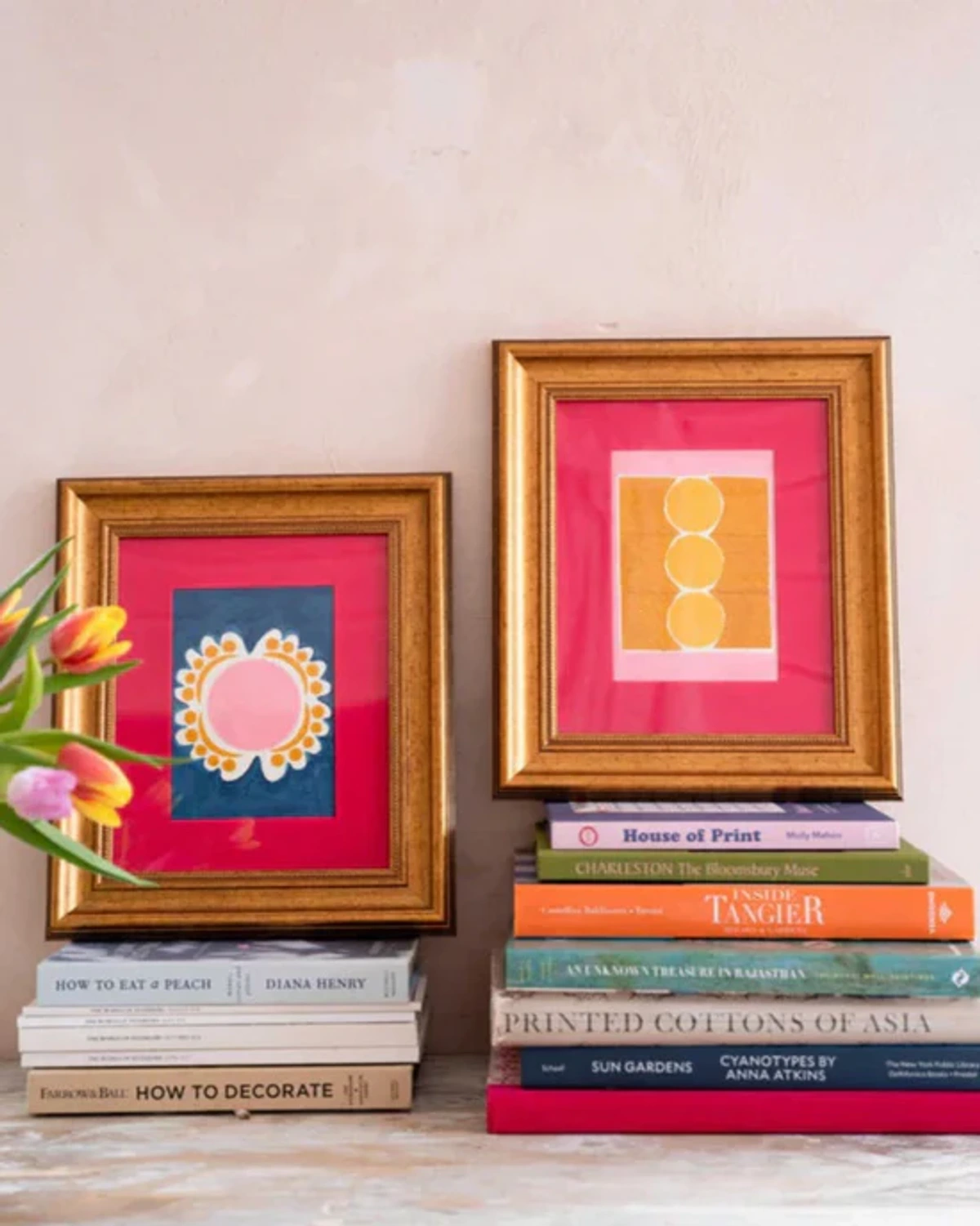
Photography: Capturing images using light and a camera. This is a huge field, encompassing everything from photojournalism to fine art portraits and abstract compositions. It's fascinating how a single click can capture a moment or create an entirely new reality. Photography can be documentary, expressive, or purely aesthetic. Think of the stark beauty of Ansel Adams' landscapes or the raw emotion in Diane Arbus's portraits. (Explore photography at places like The Photographers' Gallery).
Digital Art: Art created using digital technologies. This is rapidly evolving and includes a wide range of practices. It's a space where the traditional rules of physics and material don't always apply, opening up infinite possibilities (and sometimes, infinite distractions!). As an artist who works digitally sometimes, I find the sheer flexibility exhilarating, but the endless options can also be paralyzing – like having too many brushes!
- Digital Painting & Illustration: Using software like Photoshop, Procreate, or Corel Painter to "paint" or draw with digital brushes and tools. It mimics traditional media but with infinite undo buttons (a blessing and a curse!). It's amazing how sophisticated digital brushes have become.
- Algorithmic/Generative Art: Art created using code and algorithms. The artist writes the rules, and the computer generates the visuals. This is where things get really interesting, letting the computer be a collaborator. Think of complex patterns or evolving forms created by mathematical instructions. Artists like Vera Molnár were pioneers in this space, exploring how simple rules could create complex visual systems. It's like being a conductor for a digital orchestra.
- AI Art / Generative AI Art: A rapidly emerging sub-type where artificial intelligence models are used to create images from text prompts or other inputs. Here, the artist's role shifts from direct creation to prompting, curating, and refining the AI's output. It raises fascinating questions about authorship and creativity. Artists like Refik Anadol are exploring the potential of AI in large-scale installations. It feels like stepping into a new, slightly bewildering frontier.
- 3D Modeling: Creating digital sculptures, objects, and scenes using software like Blender, Maya, or ZBrush. These can be rendered as 2D images or used in animation, games, or even 3D printing. It's like sculpting in a virtual space.
- Pixel Art: A retro style using visible pixels as the building blocks, often seen in early video games. There's a nostalgic charm to its blocky simplicity.
- NFT Art: While often associated with digital art, an NFT (Non-Fungible Token) is primarily a method of verifying ownership of a digital asset on a blockchain, rather than a creation technique itself. Think of it as a digital certificate of authenticity tied to a specific digital artwork. The art is the image or file; the NFT is the proof of ownership on a decentralized ledger. It's like owning the deed to a digital house, not the house itself.
- Net Art / Internet Art: Art that uses the internet itself as its medium or platform. This can include interactive websites, online performances, browser-based experiences, or works that manipulate internet protocols. Artists like Olia Lialina were pioneers in exploring the internet's unique properties as an artistic space. It's art that lives and breathes online.
2. Three-Dimensional Art (Stuff with Depth)
Now we step into space! This art occupies physical space. It has height, width, AND depth. You can usually walk around it (or at least, you want to). Working in 3D feels completely different from 2D; it's a conversation with space, gravity, and the viewer's physical presence. I remember the first time I tried sculpting with clay – the sheer physicality of pushing and pulling the material was a revelation.
Here are some key forms you'll find in the third dimension:
Sculpture: The classic 3D form. Creating forms in space using various materials like stone, wood, metal, clay, plastic, or found objects. The processes include:
- Carving: Subtractive process – removing material (like chipping away at stone or marble, think Michelangelo's David). It requires immense patience and foresight.
- Modelling: Additive process – building up material (like shaping clay or wax, think Rodin's Thinker, often modeled in clay or wax before casting). This feels more intuitive, allowing for changes and additions.
- Casting: Pouring liquid material (bronze, plaster, resin) into a mold. This allows for multiple copies (editions) of a sculpture. It's a complex process involving heat and transformation.
- Assembling: Joining different materials or objects together (found objects, metal parts). This process, also known as assemblage, is like building with artistic intent, creating something new from disparate parts. Artists like Robert Rauschenberg famously created "Combines" that blurred the lines between painting and sculpture by incorporating found objects. It often involves unexpected combinations.
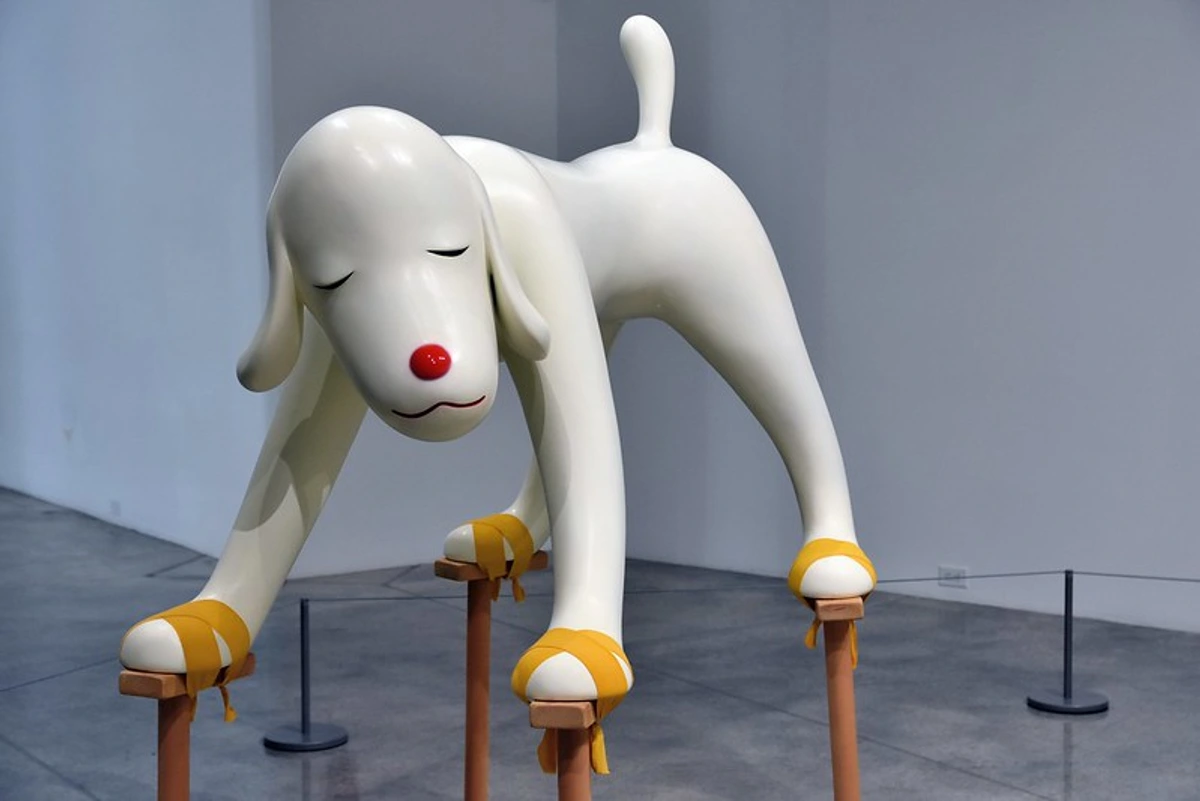
Installation Art: Often large-scale, site-specific works designed to transform the perception of a space. You often walk into or through an installation, becoming part of the artwork's environment. Think rooms filled with specific objects, light arrangements, or sensory experiences. This is where that pile of bricks and humming sound I mentioned earlier would fit! Yayoi Kusama's mirrored Infinity Rooms are famous examples that completely immerse the viewer. It's art that you inhabit.
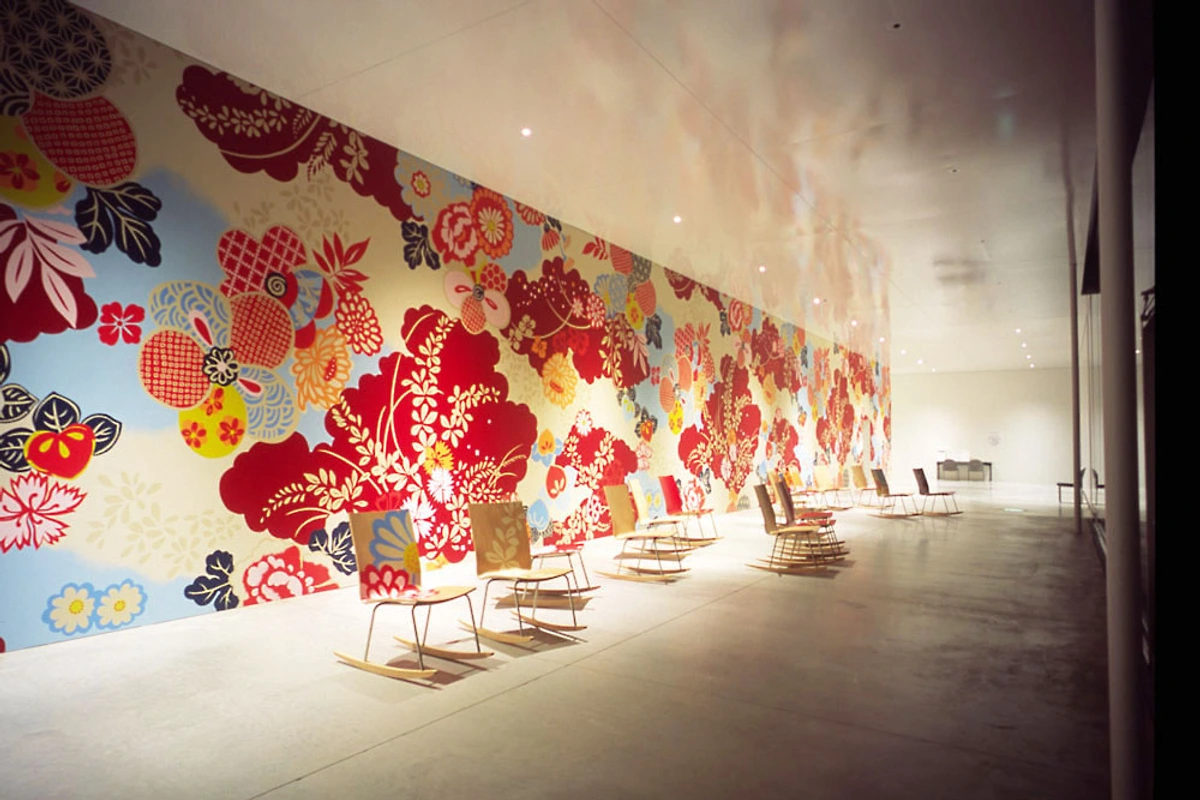
Ceramics: Art made from clay hardened by heat (pottery, figurines, tiles). Can be functional (mugs, bowls) or purely sculptural. It's amazing how simple earth can be transformed into such varied and often beautiful forms through shaping and firing. There's a grounding, tactile quality to working with clay.
Textile Arts / Fiber Art: Using plant, animal, or synthetic fibers to create art. Includes weaving, knitting, embroidery, quilting, tapestry. This often blurs the line between art and craft, which is a whole other interesting discussion about utility versus pure aesthetics. It's art that can be soft, intricate, and deeply personal. Sometimes, this overlaps with Craftivism, where traditional craft techniques are used to create works with social or political messages, like embroidered protest banners or knitted political statements.
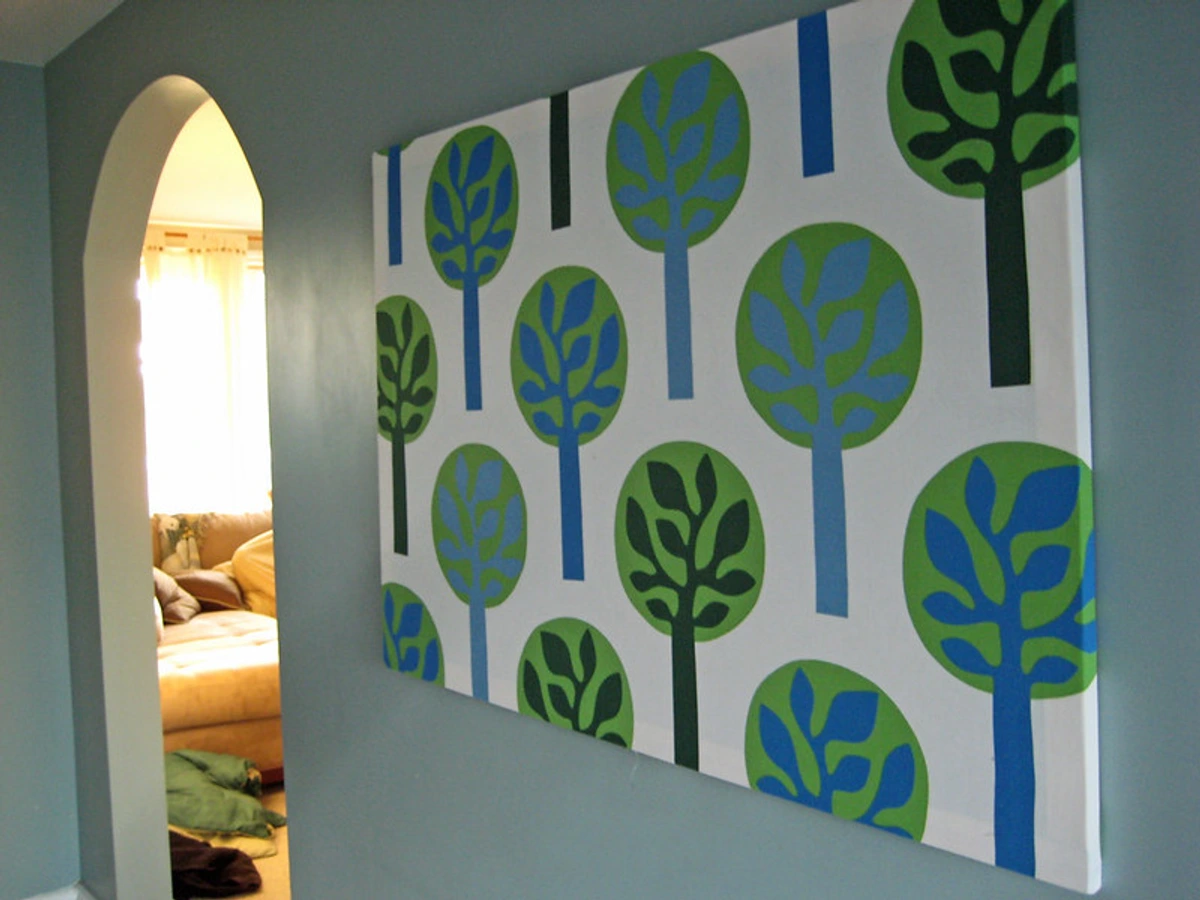
Architecture: While often considered a separate discipline focused on function, buildings can undoubtedly be works of art, involving sculptural form, spatial design, and aesthetic considerations. (Think Frank Gehry's Guggenheim Bilbao). It's art you can walk inside and interact with on a massive scale, shaping our daily lives.
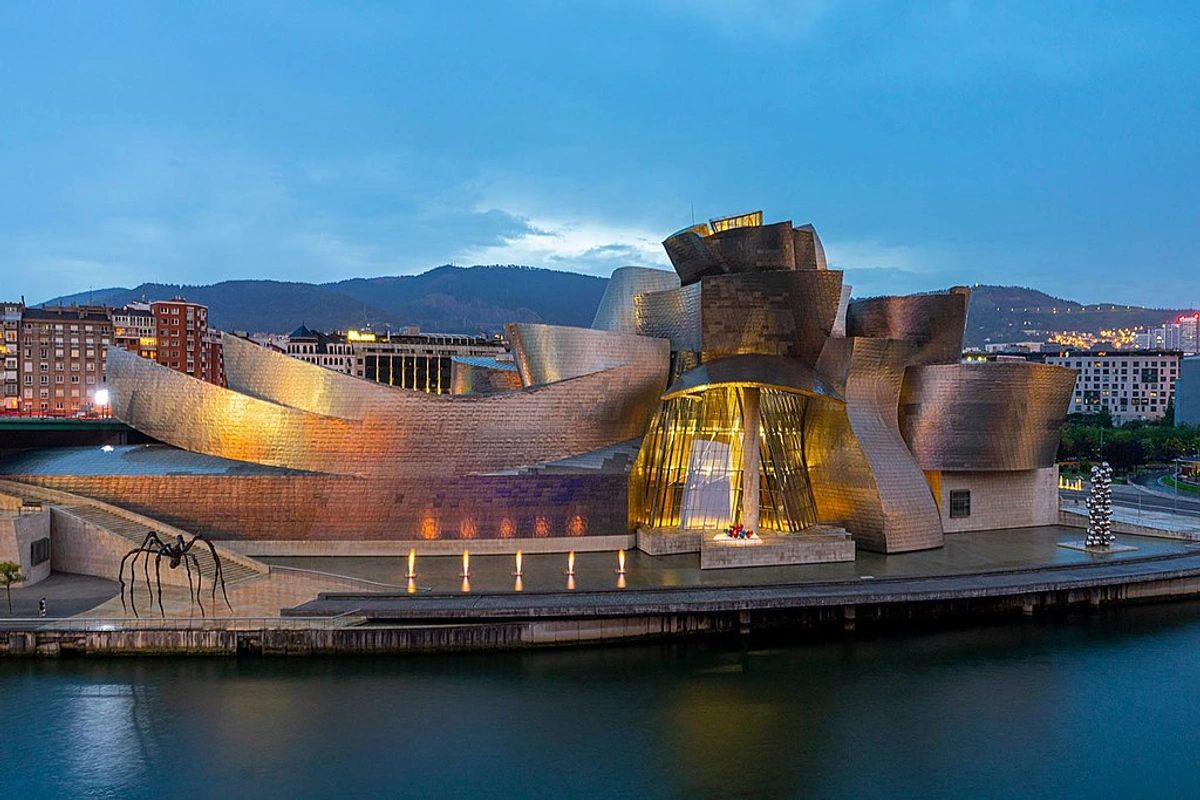
Public Art: Art created for public spaces, often outside of traditional galleries or museums. This can include sculptures, murals, installations, or even performances. Public art often interacts with the community and the specific context of its location, facing unique challenges and opportunities compared to art in private spaces. Street Art is a prominent example of this. It's art that meets you where you are.
Land Art / Earth Art: Large-scale, site-specific works created directly in the landscape, often using natural materials like earth, rocks, or vegetation. These works are frequently ephemeral, changing with the environment or eventually returning to nature. Robert Smithson's Spiral Jetty in the Great Salt Lake, Utah, is a famous example – a massive coil built from basalt rock and earth. It's art that is part of the planet itself.
3. Four-Dimensional Art (Stuff That Moves or Happens Over Time)
This category adds the element of time to the artwork. It's art that unfolds, changes, or exists for a specific duration. It's dynamic and often requires the viewer to experience it over a period. It challenges the idea of a static object on a wall.
Step into the dimension of time with these art forms:
Performance Art: The artwork is the live action performed by the artist (or others). The artist's body might be the medium. It's ephemeral, existing only for the duration of the performance, though often documented through photos or video. Marina Abramović is a key figure here, known for her endurance pieces. It challenges traditional notions of what art is by making the experience itself the primary work. It's art that happens to you, or that you witness happening.
Video Art: Using video and/or audio as the medium. Distinct from cinema, often focusing on conceptual, aesthetic, or experiential aspects rather than narrative storytelling. Artists like Nam June Paik were pioneers in exploring the artistic potential of video technology. It's art that moves and makes sound.
Animation: While often associated with film or entertainment, animation is a distinct art form focused on creating the illusion of movement through sequential images. It can range from traditional hand-drawn techniques to stop-motion, computer-generated imagery (CGI), and experimental forms. Unlike live-action video art, animation builds movement frame by frame, offering unique control over visual storytelling and abstract concepts. It's art that dances to its own rhythm.
Conceptual Art: The idea or concept behind the work is the primary element, often more important than the physical object (if one even exists). It can manifest in various forms – text, instructions, actions, documentation. Sometimes it feels like the art world is pulling your leg, but it often challenges our very definition of art. The idea is paramount because the artist is asking you to engage with a thought, a question, or a statement, rather than primarily appreciating technical skill or visual beauty. Think of Sol LeWitt's wall drawings, which exist as instructions that can be executed by others, or Joseph Kosuth's "One and Three Chairs," which presents a chair, a photograph of a chair, and the dictionary definition of a chair to explore the nature of representation. (Don't worry, I'm still figuring some of these out too – the 'idea as art' can be a brain-bender!).
Kinetic Art: Sculpture or objects that incorporate movement, driven by motors, air currents, or other forces. Think Alexander Calder's delicate mobiles swaying in the breeze or Jean Tinguely's complex, often chaotic, self-destructing machines. Movement is an essential part of the aesthetic. It's art that dances or whirs.
Sound Art: Art that uses sound as its primary medium. This can range from composed pieces played in a gallery to site-specific sonic installations or performances that manipulate ambient noise or create immersive soundscapes. It asks you to listen differently, treating sound not just as accompaniment but as the main event. John Cage's work, including his famous silent piece 4'33", pushed the boundaries of what could be considered music or sound art. Contemporary sound artists might use field recordings, electronic synthesis, or interactive audio elements. It's art for your ears.
Light Art: Art that uses light as its primary medium. This can involve manipulating natural light, using artificial light sources (like neon or LEDs), projections, or interactive light installations. Artists like James Turrell and Dan Flavin have created immersive environments or sculptural forms purely from light. Techniques like projection mapping, where light is projected onto complex surfaces to create dynamic visuals, are also part of this evolving field. It transforms space and perception through illumination. It's art that glows.
Ephemeral Art: This isn't a distinct medium, but a characteristic shared by many 4D forms (and some 3D installations). It refers to works designed to be temporary, existing for a limited time before decaying, being dismantled, or disappearing. Performance art is inherently ephemeral, but so are many installations, land art pieces (like Andy Goldsworthy's stone sculptures that succumb to nature), or even temporary street art. Their fleeting nature is often central to their meaning. It's art that reminds you of the passage of time.
Navigating the Glorious Overlap
Okay, reality check. These categories are helpful, but so much art gleefully ignores them. Contemporary art, especially, loves to mix things up. And honestly, that's where some of the most exciting stuff happens! It's important to remember that the categories we've discussed – whether by form (2D/3D/4D), movement, genre, or purpose – are not mutually exclusive. They often overlap and intersect in fascinating ways. The boundaries are porous, and artists are constantly blurring them.
Mixed Media: This is a huge category in itself! It refers to artworks created using more than one medium or material. A painting might incorporate collage elements, a sculpture could include video projection, or a drawing might be combined with stitching. It's all about combining different techniques and materials to create something new. It's like a chef using ingredients from different cuisines to invent a unique dish. It's art that refuses to pick just one lane. (Thinking of buying mixed media? We have a guide for that too).
Collage: A specific technique that falls under Mixed Media (or can be its own thing, depending on who you ask!). Collage involves assembling different forms, creating a new whole from fragments. This could be paper, photographs, fabric, or other materials glued onto a surface. It's like visual sampling, bringing disparate elements together to create new meanings or aesthetics. Think of the Cubists incorporating newspaper into their paintings, or the vibrant, layered works of Romare Bearden.
- Is a painted sculpture 2D or 3D? (Both, kinda! The form is 3D, the paint is applied in a 2D manner). It's a hybrid.
- Is an installation involving video and performance 3D or 4D? (Definitely 4D because of the time element, but it also takes up 3D space). It's a time-based experience in a physical space.
- Where does a collage made of photographic prints fit? (Somewhere between printmaking, photography, and potentially painting/drawing techniques, depending on how it's assembled). It's a layered history of processes.
- Street Art / Graffiti: This is a prominent form that inherently overlaps categories. While often involving painting or drawing techniques (2D) applied to surfaces, it's also site-specific, interacting with the urban environment like installation art (3D/site-specific), and sometimes involves a performative element in its creation (4D). It's a dynamic, public art form that defies easy boxing. It's art that lives on the streets.
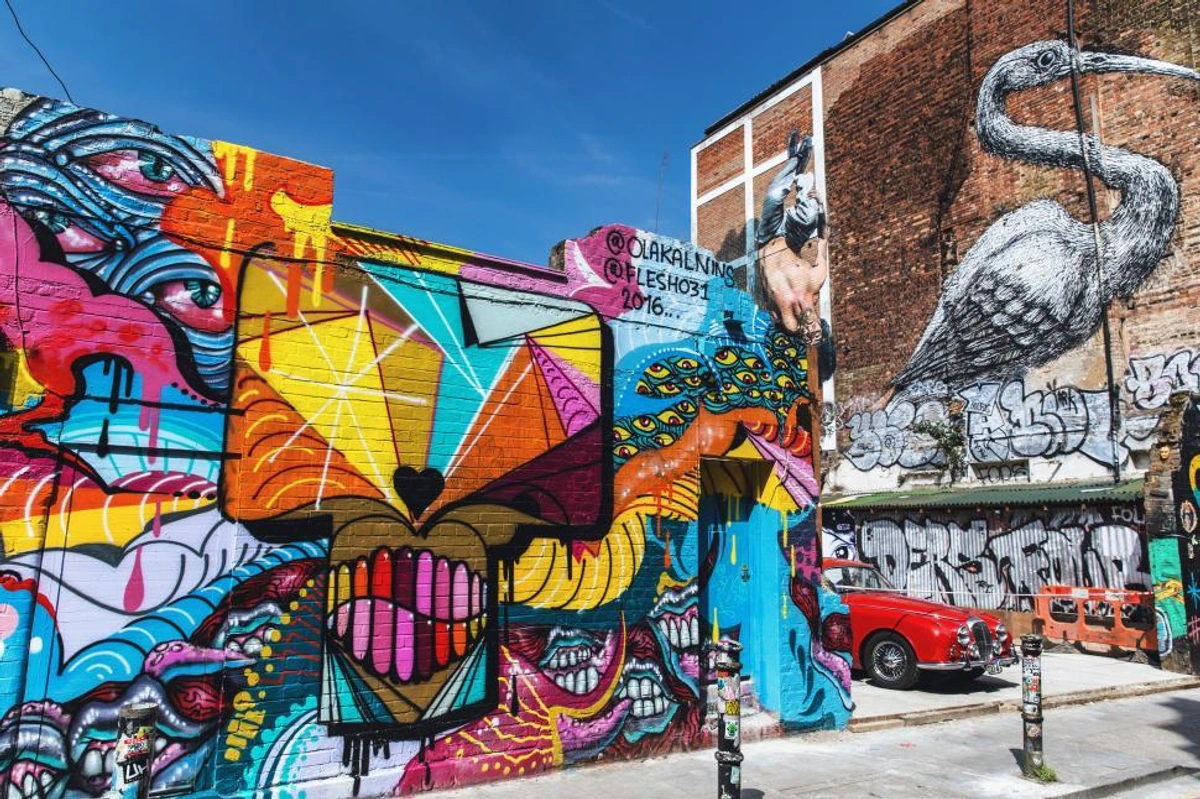
Don't get too hung up on forcing everything into a perfect box. Artists love breaking rules and mixing things up. That's part of the fun! The important thing is to use these categories as starting points for observation and understanding. Look at the elements of art – line, shape, color, texture, form, space, value – they apply across all types. This fluidity and willingness to combine forms is one of the great strengths of contemporary art. It keeps things interesting, that's for sure!
Other Ways to Slice the Art Pie
So far, we've mostly looked at art through the lens of its physical form and the materials used. But medium and form aren't the only ways to categorize art. You'll also hear classifications based on:
- Art Movement/Style: Grouping works by shared philosophical approaches, techniques, or aesthetics within a specific period. Examples: Impressionism (capturing fleeting moments), Fauvism (wild color!), Cubism (fragmented perspectives), Surrealism (dreamlike imagery), Abstract Expressionism (gestural, non-representational), Pop Art (using popular culture imagery), Minimalism (extreme simplicity). Our guide to all art styles covers many more. These are like the different languages artists speak at a particular time.
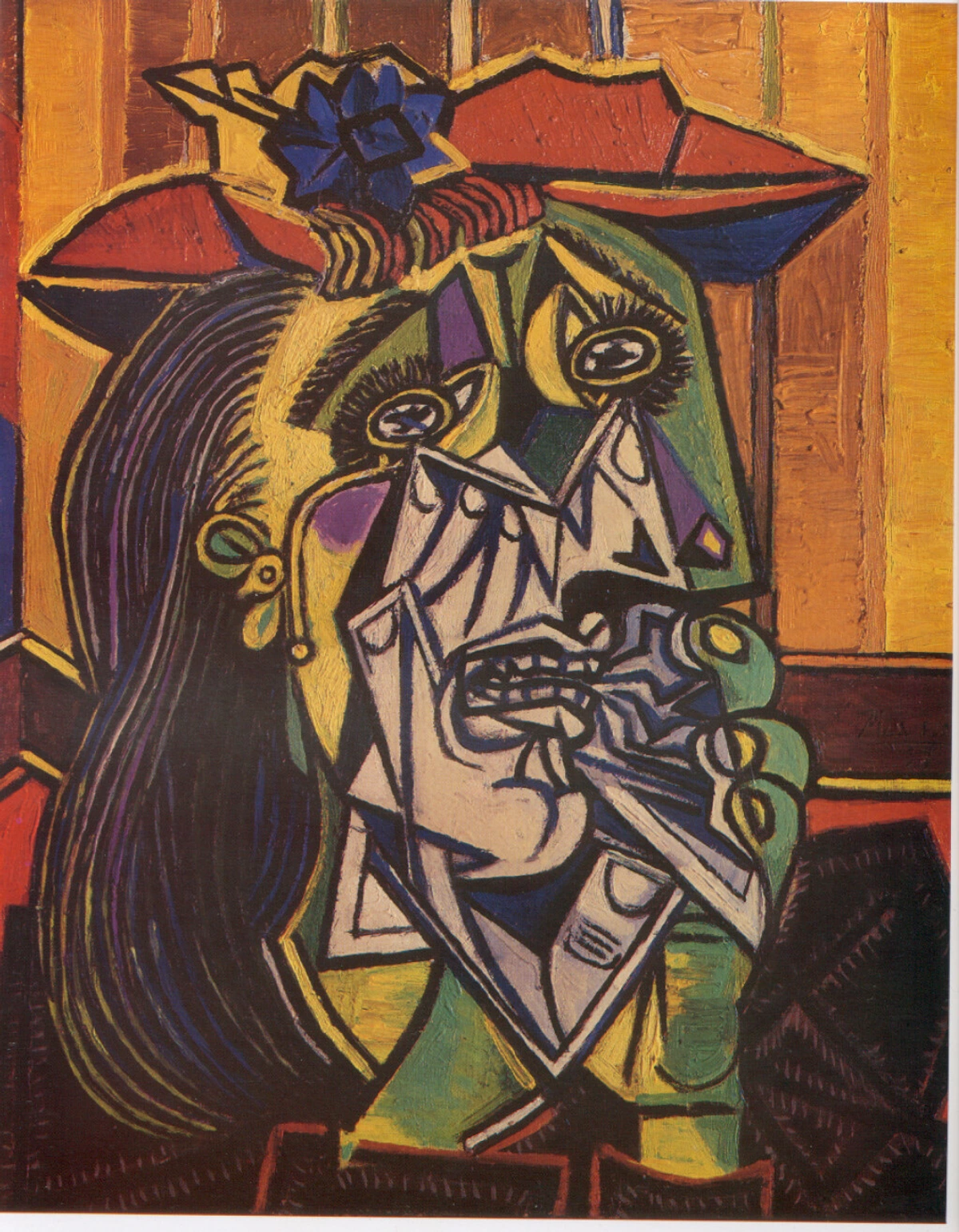
- Genre/Subject Matter: Categorizing based on what is depicted. Examples: Portrait (people), Landscape (scenery), Still Life (inanimate objects), History Painting (historical or mythological events), Abstract (non-representational). Learning how to read a painting often involves identifying the genre. It's about the story or the scene the artist chooses to show.
- Purpose/Function: What is the art for?
- Fine Art: Created primarily for aesthetic and intellectual purposes, judged for its beauty and meaningfulness (painting, sculpture, etc., often seen in galleries and museums). Think Mark Rothko or Van Gogh. It's art for contemplation.
- Decorative Art: Primarily focused on ornamentation and aesthetics, often functional items made beautiful (ceramics, furniture, textiles, jewelry). Think of a beautifully crafted vase or an intricate tapestry. It's art that enhances a space.
- Applied Art: Applying artistic design to functional objects (graphic design, industrial design, fashion design). Design is often considered distinct from fine art because it typically serves a specific purpose or client brief, though the lines can certainly blur. Is a stunningly designed chair art? Debatable, and that's part of the fun! It's art with a job to do. The key difference between Applied and Decorative Art often lies in their primary focus: Applied Art is about design for function (like a well-designed lamp), while Decorative Art is about making functional objects beautiful (like an intricately painted plate). But yes, there's definitely overlap!
- Commercial Art: Created for business purposes (advertising, illustration for products). Its primary goal is usually to sell something or convey a specific message for a client. It's art with a message to sell.
These different lenses – form, style, genre, purpose – aren't mutually exclusive either. A single artwork might be a Fauvist landscape painting created as fine art. Understanding these various ways of looking at art offers complementary paths to appreciation, helping you see the work from multiple angles.
Finding What Speaks to You
So, with all these types swirling around, how do you figure out what you actually like? It's less about knowing all the labels and more about paying attention to your own reactions. Think of it as a personal journey of discovery, not a test. Your taste is valid, whatever it is. (Defining your personal art style is part of the fun!).
- Look, Look, Look: Visit museums (like maybe the one in 's-Hertogenbosch if you're nearby!), galleries, art fairs (tips here!), browse online collections (like the art available on this site). Expose yourself to different things. The more you see, the more you'll start to notice patterns in what you respond to. My own taste has definitely evolved over the years; things I once dismissed now intrigue me, and vice versa. Be open to being surprised! Sometimes the art you least expect is the one that grabs you.
- Notice Your Reactions: What catches your eye? What makes you feel something? What makes you think? Don't judge your preferences – if you love colorful abstracts or hyperrealistic portraits, that's great! Pay attention to the materials, the scale, the subject matter, the colors... what is it about this piece that grabs you? Is it the texture? The story? The sheer technical skill? Or maybe just a gut feeling? Remember, there's no single answer to what makes art "good"; if it moves you, makes you think, or simply brings you joy, that's a pretty good start! Trust your own response.
- Consider the Context: Where is the art displayed? Who is the artist, and what is their background or intention? When was it made, and what was happening in the world at that time? Understanding the context can unlock new layers of meaning and appreciation. A piece might resonate differently in a quiet gallery than it does as public art on a busy street. A little background info can go a long way. Our guides to artists like Anselm Kiefer or movements like Pointillism can be starting points. (Researching artists can be a rabbit hole, but a fun one!).
- Read a Little: If something intrigues you, look up the artist or the style. A little context can go a long way. Understanding the background can unlock new layers of appreciation.
- Don't Be Afraid to Dislike Things: It's okay! Not every type of art will resonate with you. Knowing what you don't like is just as informative as knowing what you do. My personal taste leans heavily towards color and texture, so minimalist conceptual art, while fascinating intellectually, doesn't always grab me emotionally in the same way. And that's perfectly fine. Art is subjective, and your feelings are valid.
- Consider the Craft: Appreciate the skill involved, even if the style isn't your favorite. The meticulous dots of Seurat or the bold energy of an abstract expressionist both require mastery. Even that pile of bricks likely involved careful selection and placement! Recognizing the effort and skill can add another dimension to your viewing.
My own artistic journey has involved exploring different mediums and styles, finding what feels right at different times. Yours will be unique too. Embrace the exploration!
Still Got Questions Swirling? Let's Tackle a Few Common Ones:
Q: What are the 7 major forms of art? A: This is a common question, often referring to a traditional list: Painting, Sculpture, Architecture, Literature, Music, Performing Arts (Theatre/Dance), and Cinema/Film. Note that this list mixes visual arts with other art forms. For visual arts specifically, Painting and Sculpture are often considered the core traditional forms, but as we've seen, the list of visual art types is much longer today! It really depends on how you're counting and what criteria you're using.
Q: Is drawing a type of painting? A: No, they are generally considered distinct two-dimensional art forms. Painting uses wet media (pigment in a binder), while drawing typically uses dry media or ink lines. However, artists often combine techniques (e.g., ink wash drawings, mixed media pieces), blurring the lines. Think of them as cousins, not siblings.
Q: What's the difference between modern and contemporary art types? A: Modern Art generally refers to art from roughly the 1860s to the 1970s, encompassing styles like Impressionism, Cubism, Surrealism, etc. Contemporary Art refers to art made from the 1970s onward, including recent and living artists. Contemporary art types are incredibly diverse, heavily incorporating digital art, installation, performance, and conceptual work alongside traditional mediums. Think of it as Modern Art being the grandparent, and Contemporary Art being the grandchild – related, but with a whole new set of interests and tools! (Want to know exactly when contemporary art started? It's gloriously fuzzy).
Q: Where does craft fit in? A: The line between "art" and "craft" can be blurry and debated. Traditionally, craft referred to skilled making, often functional (ceramics, textiles, woodworking). However, many contemporary artists use craft techniques to create fine art, challenging this distinction. It's less about the technique itself and more about the artist's intent and the context in which the work is presented. Is it made for function or primarily for expression and contemplation? That's often the key question, but even that isn't always clear-cut. Other visual art forms that sometimes blur these lines include Jewelry, Glassblowing, and Book Arts, all requiring immense skill and often resulting in objects of both beauty and function.
Q: How do I know if something is 'good' art? A: Ah, the million-dollar question! There's no single answer. "Good" can depend on technical skill, conceptual depth, emotional impact, originality, historical significance, or simply personal taste. Learning how to read a painting or understand what makes abstract art compelling can help you form your own criteria. Ultimately, if it moves you, makes you think, or simply brings you joy, that's a pretty good start! Trust your own response.
Q: How does Mixed Media fit into these categories? A: Mixed Media art intentionally crosses the boundaries of traditional categories by combining multiple mediums (like paint, collage, ink, found objects, digital elements, etc.) in a single work. It often lives in the "Overlap" space, demonstrating the fluidity of contemporary art practices. It's a category defined by its refusal to stick to just one medium.
Q: What's the difference between an original print and a reproduction? A: An original print (like an etching, lithograph, or screenprint) is an artwork created specifically to be a print. The artist makes the matrix (plate, stone, screen) and pulls the prints themselves or supervises the process. Each print in a limited edition is considered an original artwork. A reproduction (like a giclée print of a painting) is a copy of an existing artwork made using photographic or digital scanning and printing techniques. It's a high-quality copy, but not an original printmaking artwork. Think of an original print as a band's live album, and a reproduction as a cover version by another artist. (More on prints vs paintings here).
Q: How is Design different from Fine Art? A: While both involve creativity and aesthetics, Fine Art is typically created for its own sake, for expression or contemplation. Design (like graphic, industrial, or fashion design) is usually created to solve a problem, fulfill a function, or meet a client's needs. It falls under the umbrella of "Applied Art," where artistic principles are applied to functional objects or communication. The key difference often lies in the primary purpose – expression vs. function. But again, the lines can get wonderfully blurry!
Q: What about Street Art or Graffiti? A: Great question! Street Art and Graffiti are vibrant forms of art created in public spaces, often without official permission. As discussed in the "Overlap" section, they are fantastic examples of art that defies easy categorization, blending elements of painting (murals, spray paint), drawing (tags, sketches), installation (interacting with the urban environment), and performance (the act of creation itself). They are definitely considered significant art forms today, bringing art directly to the people.
Q: Is Tattoo Art or Body Art considered fine art? A: This is a fascinating and evolving area! Traditionally, fine art was seen as something separate from the body. However, contemporary perspectives increasingly recognize Tattoo Art and other forms of Body Art (like performance art involving the body, or body painting) as legitimate art forms. They involve skill, creativity, expression, and often deep conceptual meaning, even if the "canvas" is temporary or living. The debate continues, but many artists and institutions are embracing these forms, acknowledging the body as a valid site for artistic creation.
Go Forth and Explore!
The world of art types is vast, sometimes confusing, but ultimately incredibly rewarding to explore. From the oldest cave paintings to the latest digital creations, humans have always found diverse ways to express themselves.
Don't feel pressured to become an expert overnight. Just stay curious. Pay attention to what draws you in. Whether it's the vibrant chaos of a Fauvist canvas, the quiet dignity of a bronze sculpture, or the mind-bending concept behind a performance piece, there's a universe of visual experiences waiting. Remember, this guide covers the main types and frameworks, but the art world is constantly evolving and creating new forms. That's part of what makes it so exciting!
So next time you encounter "art," take a moment. What type is it? What materials were used? What might the artist have been trying to do? Asking these simple questions can open up whole new ways of seeing. And remember, your personal connection to the work is the most important thing. Happy exploring – may you find art that makes your world feel a little more vibrant, a little more thoughtful, or maybe just a little less baffling. If you're looking to bring some of that vibrancy into your own space, you can always explore art to buy right here.




